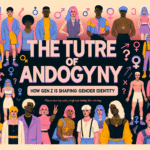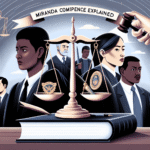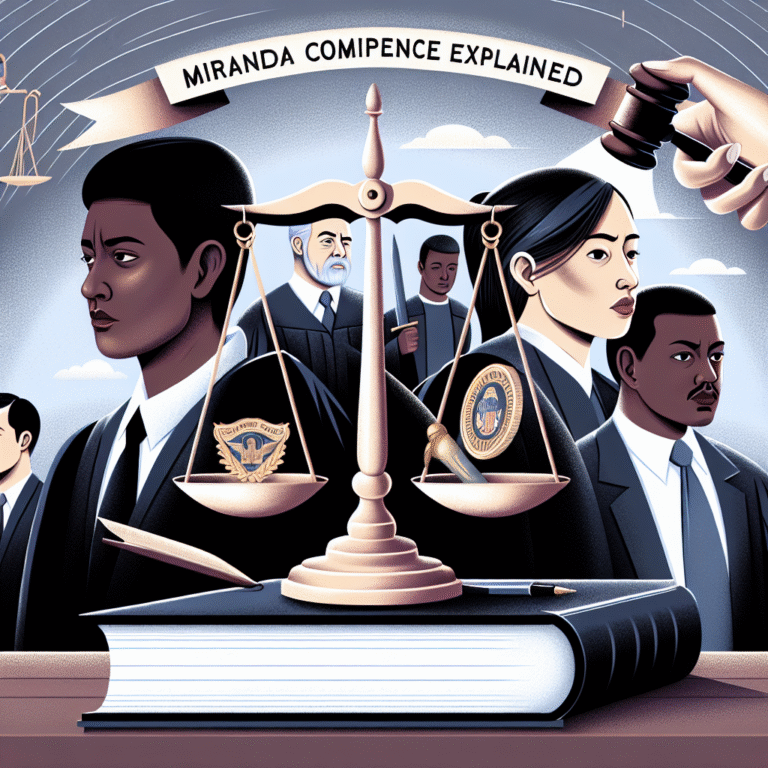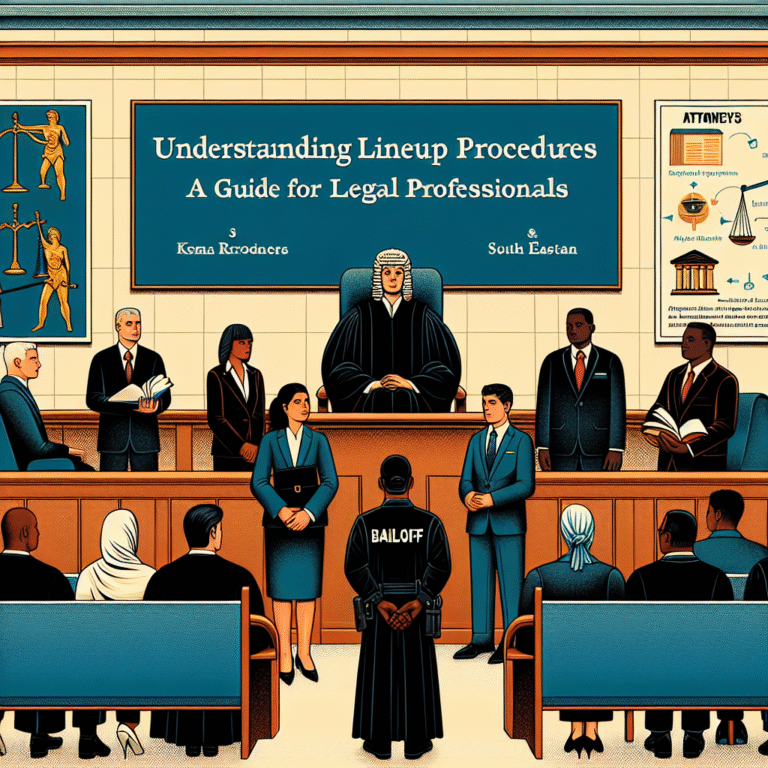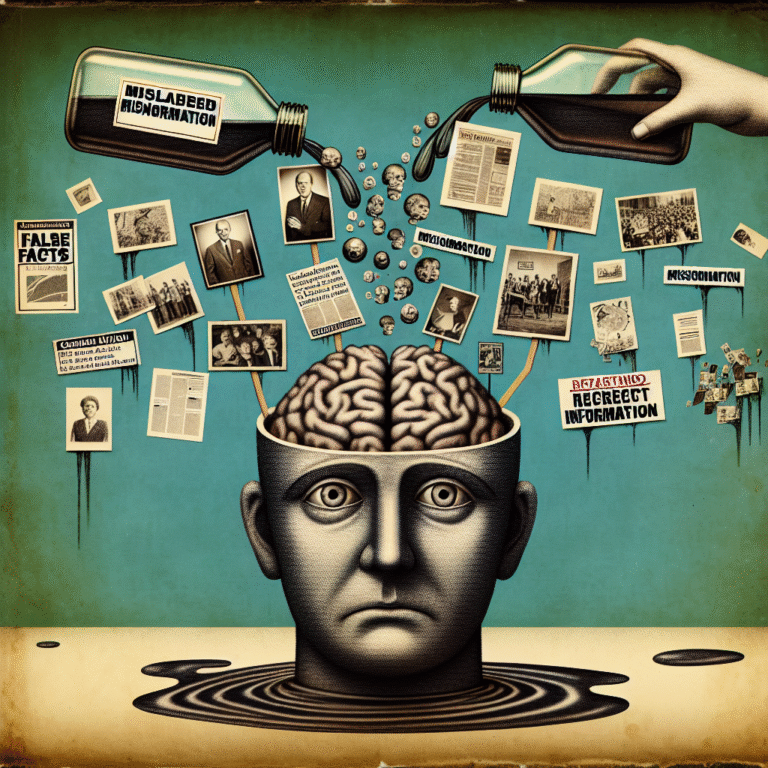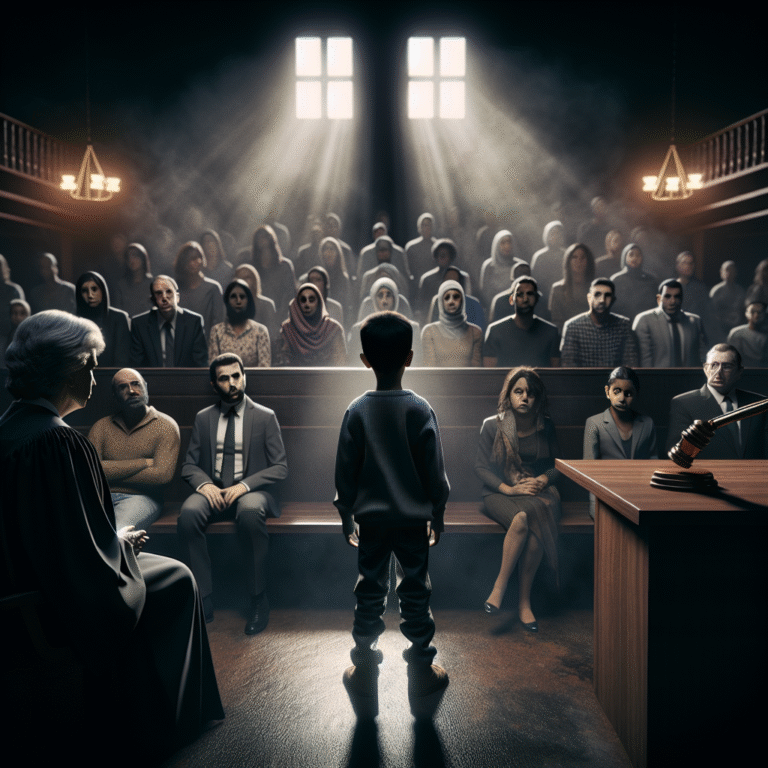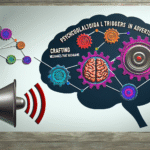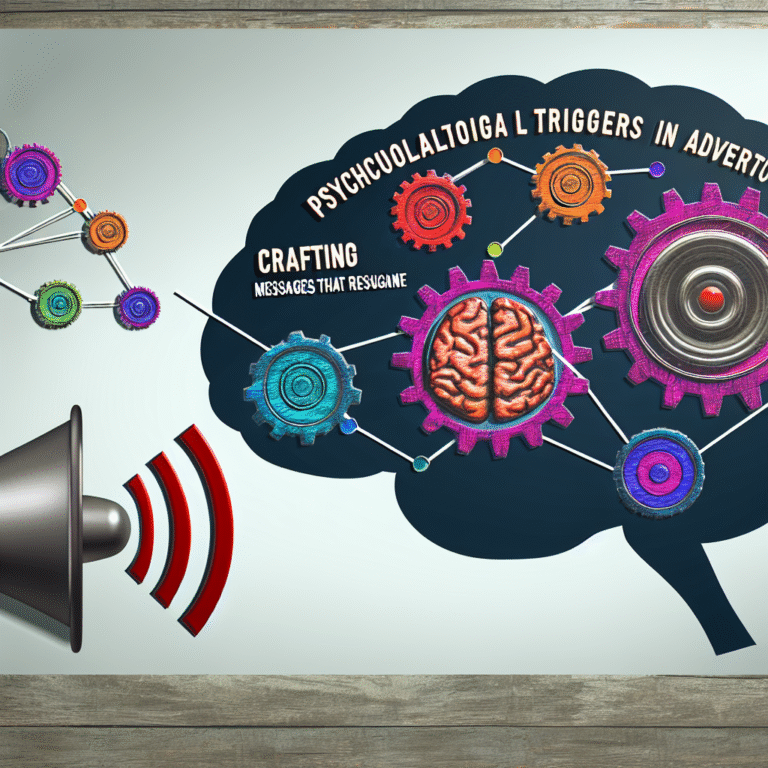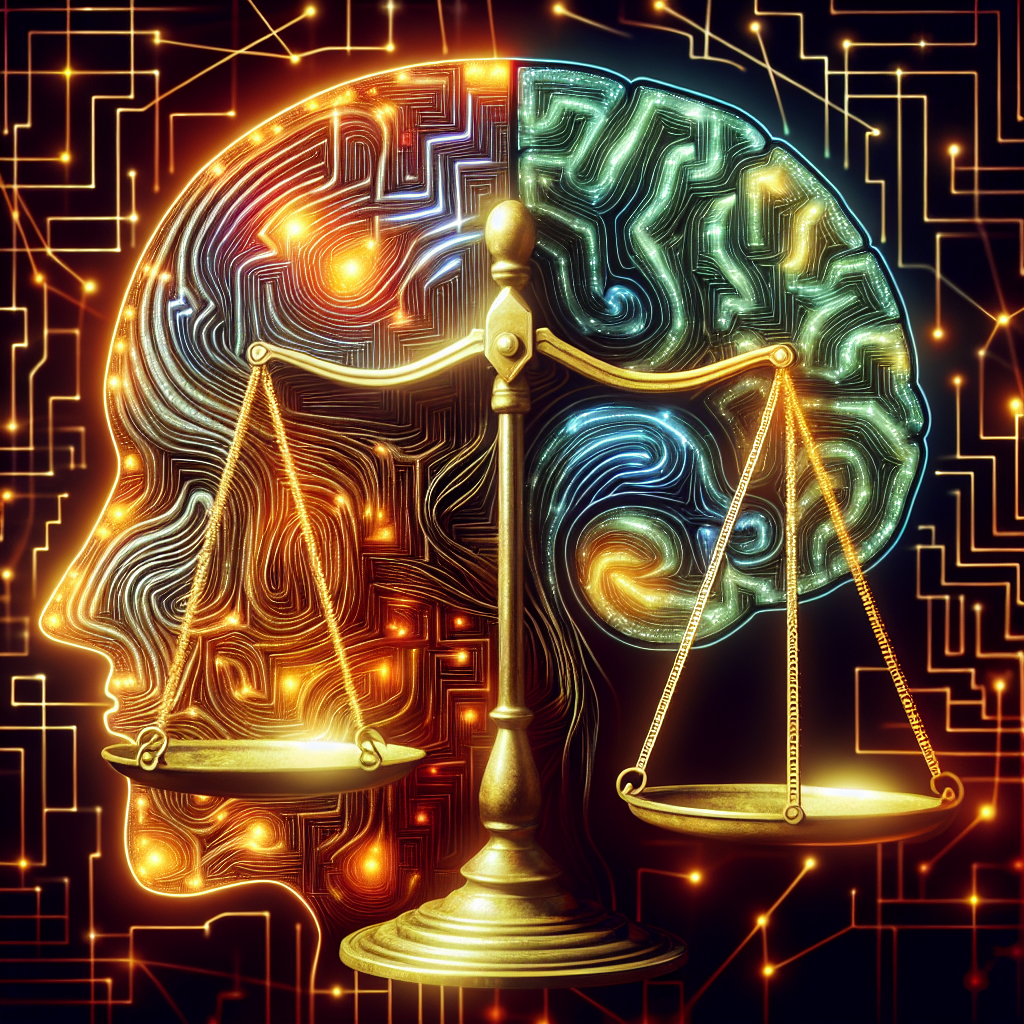
Introduction
Imagine a world where the secrets of the human mind could be unlocked to understand why individuals commit heinous acts. The exploration of the psyche behind criminal offenses is not only a fascinating journey but also a critical area of study with profound implications for law enforcement, psychology, and society as a whole. "Understanding the Mind: Unraveling the Mental State During Criminal Offenses" provides an essential look into the cognitive processes and emotional states that can lead individuals down a dark path.
In a landscape riddled with crime, understanding the mental state behind such actions is vital. Factors such as mental illness, emotional distress, and environmental influences can shape a person’s decisions in ways they might not even recognize. This article aims to demystify these complex interactions, providing you with insights that are not only academically enriching but also applicable in real-world scenarios.
The Psychology of Criminal Behavior
Understanding Criminal Psychology
Criminal psychology is a field that examines the thoughts, feelings, and behaviors of individuals who commit crimes. The foundation of this discipline lies in understanding various psychological theories that explain criminal behavior. These theories often focus on different aspects, including personality traits, social influences, and biological factors.
- Biological Theories: These suggest that genetics and neurobiology play a significant role in shaping behaviors. Some researchers argue that certain brain structures might predispose individuals to violent behavior.
- Psychological Theories: These focus on the individual’s mental health and psychological state. For instance, theories related to cognitive distortion highlight how criminals may justify their actions to themselves.
- Sociological Theories: These consider societal influences such as poverty, education, and peer pressure. They argue that crime can be a result of environmental factors rather than individual pathology.
Case Study: The Boston Strangler
Albert DeSalvo’s case is an early diagnostic exploration of the mind of a serial offender. Known as the Boston Strangler, DeSalvo admitted to killing 13 women in the early 1960s. While he was never formally convicted of the murders, his case has become a benchmark for psychological analysis.
The evolution of his identity—from a troubled youth to a notorious criminal—illustrates how various psychological factors intersect. He displayed signs of deep-seated anxiety and a complex relationship with authority. Understanding his mental state helps us grasp the intricacies of criminal behavior, highlighting that external factors combined with internal struggles can culminate in violent actions.
The Role of Mental Illness
Understanding the mind of a criminal cannot be complete without addressing mental illness. A significant portion of individuals involved in criminal activities have been diagnosed with mental health disorders, ranging from depression and anxiety to severe conditions such as schizophrenia.
Key Facts about Mental Illness and Crime
| Disorder | Prevalence in Offenders | Connection to Crime |
|---|---|---|
| Depression | 20-30% | Impairs judgment, leading to impulsive actions. |
| Schizophrenia | 5-10% | Can lead to delusions, often creating a disconnect with reality. |
| Personality Disorders | 40-50% | Conditions such as antisocial personality disorder are closely linked to criminal behavior. |
Case Study: John Hinckley Jr.
Another illuminating case is that of John Hinckley Jr., who attempted to assassinate President Ronald Reagan in 1981. Hinckley had a history of mental illness, particularly delusional disorder, which affected his grasp on reality. His case raised significant questions about accountability and the mental state during criminal offenses.
After a highly publicized trial, Hinckley was found not guilty by reason of insanity. His case sparked debates about the intersection of mental health and criminal responsibility, leading to changes in how the legal system handles similar cases.
The Social Environment and Criminal Mindset
Environmental Influences
Social context can powerfully shape a person’s predisposition toward crime. High-crime neighborhoods, lack of social support, and exposure to violence can enhance the likelihood of criminal behavior. Many offenders report that their environment significantly influenced their decisions to commit crimes.
- Socioeconomic Factors: Poverty and lack of access to education can create conditions ripe for crime.
- Peer Influence: Association with a delinquent peer group can encourage individuals to partake in criminal behaviors.
Case Study: The Central Park Five
The Central Park Five case highlights the role of societal perception and media portrayal in criminal cases. Five young men were wrongfully convicted of attacking a jogger in Central Park in 1989. The pressure to solve the crime led to biased investigations and a rush to judgment.
This scenario emphasizes how societal influences and systemic failures can distort the mental state of individuals—both the accused and the actual perpetrators. The subsequent release and exoneration of the Central Park Five reveal the critical importance of understanding the mental states involved in wrongful convictions.
Cognitive Processes in Criminal Offenses
Decision-Making Models
Understanding the cognitive processes of criminals involves examining how decisions are made. Decision-making models in criminology often focus on the rational choice theory, which posits that criminals weigh costs and benefits before committing a crime.
- Routine Activity Theory: This model suggests that crime occurs when three elements converge: motivated offenders, suitable targets, and the absence of capable guardians.
- General Deterrence Theory: It states that the threat of punishment can deter criminal behavior, but this assumes that offenders rationally consider these consequences.
Case Study: The Milk Carton Kids
In the case of the Milk Carton Kids, two young boys, who were abducted in the 1980s, illustrate how the rational choice theory veers into the realm of aberrant cognition. Their abductor made a calculated decision but underestimated the ramifications of his actions, ultimately leading to tragic consequences.
This case prompts reflections on how even calculated decisions in moments of emotional turmoil can result in catastrophic outcomes.
The Emotional Landscape of Criminal Acts
Understanding Emotion and Crime
Emotions play a crucial role in criminal behavior. Anger, jealousy, and fear can drive individuals to commit acts that they might otherwise avoid. Emotional triggers vary widely, leading to impulsive actions that can escalate quickly.
Emotional Triggers
| Emotion | Effect on Behavior |
|---|---|
| Anger | Can lead to impulsive crimes, such as assault. |
| Jealousy | Often seen in crimes of passion, leading to serious outcomes. |
| Fear | Can lead to defensive aggression. |
Case Study: The O.J. Simpson Trial
The O.J. Simpson trial serves as a landmark example of how emotional states influence public perception and legal outcomes. The emotional intensity of the trial, amplified by media coverage, influenced not only jurors but also the general public.
Simpson’s case illustrates the complexity of emotional states in criminal offenses and the societal need to understand these dynamics deeply.
Tools for Understanding the Criminal Mind
Psychological Assessments
Psychological assessments play a vital role in unraveling the mental states of offenders. These evaluations can reveal underlying mental health issues, personality traits, and cognitive distortions that contribute to criminal behavior.
- MMPI (Minnesota Multiphasic Personality Inventory): Useful for assessing personality structure and psychopathology.
- Hare Psychopathy Checklist: Specifically designed to identify psychopathic traits in individuals.
Neuroimaging Techniques
Advancements in neuroimaging technology have provided new avenues for exploring the minds of criminals. Functional MRI (fMRI) and PET scans can assess brain activity, aiding in understanding the cognitive dysfunctions that may underlie various criminal behaviors.
Conclusion
Understanding the mind behind criminal behavior is complex, interweaving threads of psychology, sociology, and neuroscience. "Understanding the Mind: Unraveling the Mental State During Criminal Offenses" is not merely a scholarly exercise—it is paramount for developing interventions, policies, and strategies that can prevent crime and support rehabilitation efforts.
The intricate tapestry of mental states involved in criminal offenses deserves careful examination, revealing insights that can change lives and save communities. As we continue to delve into the depths of human psychology, we must remain committed to ensuring that understanding translates into meaningful action.
FAQs
1. What is criminal psychology?
Criminal psychology is the study of the thoughts, feelings, and behaviors of individuals who commit crimes. Its focus is to understand the psychological factors that contribute to criminal behavior.
2. How does mental illness relate to crime?
Mental illness can significantly impact a person’s judgment and impulse control, leading to increased risks of criminal behavior in some individuals.
3. What are common mental disorders among offenders?
Common disorders include depression, schizophrenia, and personality disorders, which can influence criminal behavior in various ways.
4. How can society prevent crime through understanding mental states?
By focusing on mental health support, improving social conditions, and addressing environmental factors, society can mitigate risks associated with crime.
5. What is the importance of case studies in criminal psychology?
Case studies provide real-world insights and illustrate theoretical concepts, helping researchers and practitioners understand the complexities of criminal behavior.
In conclusion, the journey of exploring the mind behind criminal behavior is both revealing and essential, holding the key to unraveling not just the actions of individuals but the very fabric of society itself.


